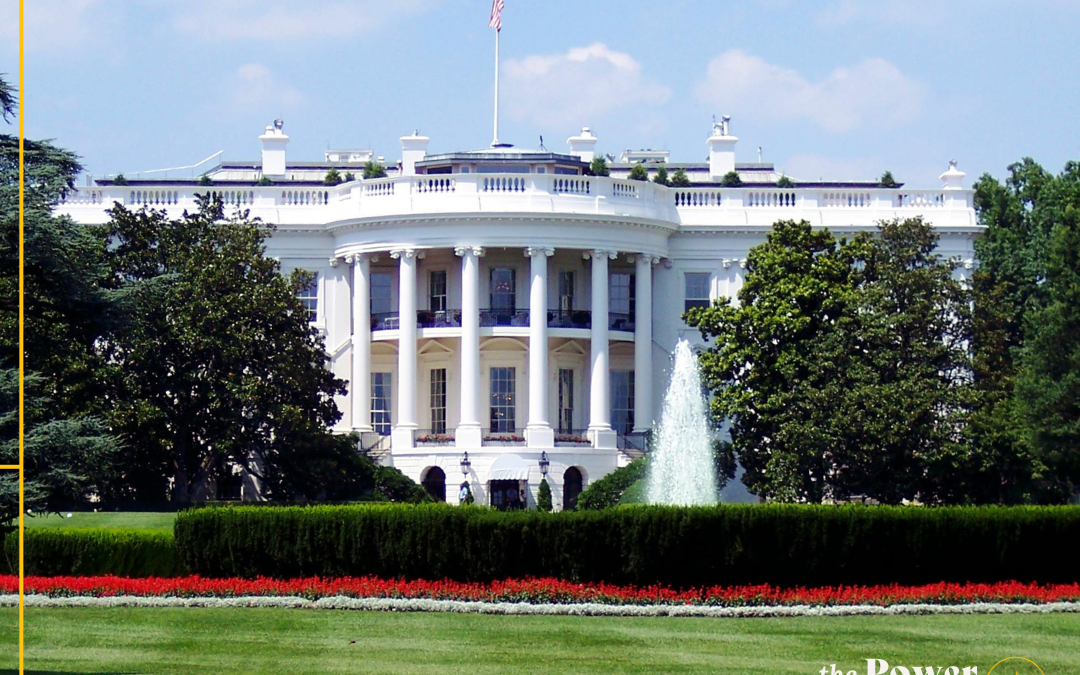If your business has acquired, constructed or substantially improved a building recently, consider a cost segregation study. One of these studies can enable you to identify building costs that are properly allocable to tangible personal property rather than real property. And this may allow you to accelerate depreciation deductions, reduce taxes and boost cash flow.
Overlooked Opportunities
IRS rules generally allow you to depreciate commercial buildings over 39 years (27½ years for residential properties). Often, businesses will depreciate structural components (such as walls, windows, HVAC systems, elevators, plumbing and wiring) along with the building.
Personal property, such as equipment, machinery, furniture and fixtures, is eligible for accelerated depreciation, usually over five or seven years. And land improvements – fences, outdoor lighting and parking lots, for example – are depreciable over 15 years.
Too often, companies allocate all or most of a building’s acquisition or construction costs to real property, overlooking opportunities to allocate costs to shorter-lived personal property or land improvements. Items that appear to be part of a building may in fact be personal property. Examples include:
- Removable wall and floor coverings,
- Detachable partitions,
- Awnings and canopies,
- Window treatments,
- Signage, and
- Decorative lighting.
In addition, certain items that otherwise would be treated as real property may qualify as personal property if they serve more of a business function than a structural purpose. Examples include reinforced flooring to support heavy manufacturing equipment, electrical or plumbing installations, and dedicated cooling systems for server rooms.
A Study in Action
Let’s say you acquired a nonresidential commercial building for $5 million on January 1. If the entire purchase price is allocated to 39-year real property, you’re entitled to claim $123,050 (2.461% of $5 million) in depreciation deductions the first year.
A cost segregation study may reveal that you can allocate $1 million in costs to five-year property eligible for accelerated depreciation. Reallocating the purchase price increases your first-year depreciation deductions to $298,440 ($4 million × 2.461%, plus $1 million × 20%).
Impact of Tax Law Changes
Bear in mind that tax law changes may occur this year that could significantly affect current depreciation and expensing rules. This in turn could alter the outcome and importance of a cost segregation study. Contact our firm for the latest details.
On the other hand, any forthcoming tax law changes likely won’t affect your ability to claim deductions you may have missed in previous tax years.
Worthy Effort
As you might suspect, a cost segregation study will entail some effort in analyzing your building’s structural components and making your case to the IRS. But you’ll likely find it a worthy effort.





